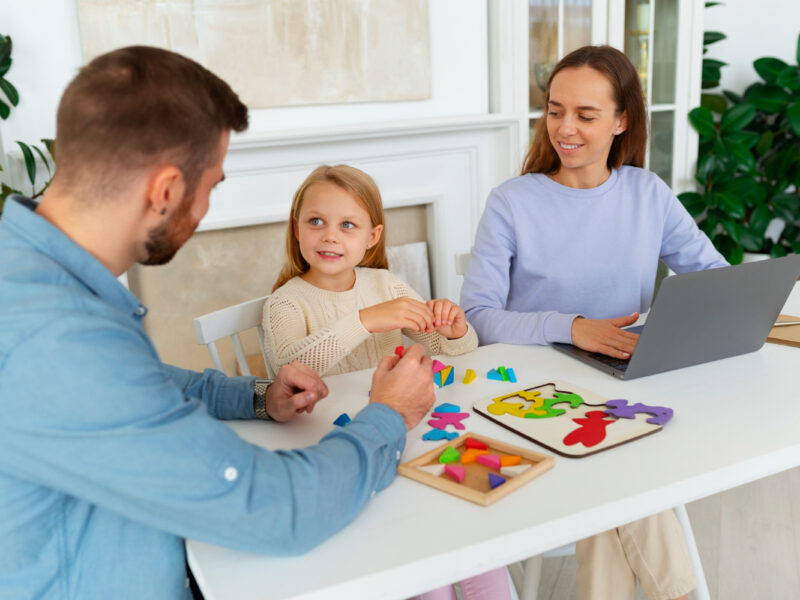Applied Behavior Analysis (ABA) offers a variety of strategies that parents can use to support their child’s learning and behavior at home. While ABA is often delivered by professionals, many of its core techniques are easy to understand and apply in everyday situations. Here are some of the most effective and commonly used ABA techniques that every parent should know:
1. Positive Reinforcement
This is one of the most fundamental principles in ABA. It involves rewarding a child immediately after they display a desired behavior to increase the likelihood that it will happen again. The reward can be anything your child values—praise, a toy, extra playtime, or a favorite snack. For example, if your child says “please” when asking for something, offering praise like “Great asking nicely!” reinforces polite behavior.
2. Prompting
Prompting helps a child learn a new skill by guiding them through the correct behavior. Prompts can be verbal (“Say thank you”), gestural (pointing), or physical (gently guiding their hands). Prompts are gradually faded over time so the child can perform the skill independently.
3. Task Analysis & Chaining
Complex behaviors—like brushing teeth or getting dressed—can be overwhelming. ABA breaks them down into smaller, manageable steps. This is called task analysis. Then, using chaining, each step is taught in sequence until the entire task is mastered. This builds confidence and promotes independence.
4. Modeling
Modeling is simply showing your child how to do something before asking them to do it. It’s a natural and effective way to teach social, play, and communication skills. For example, if you want your child to greet someone, you might say, “Hi, Sarah!” first and encourage them to repeat it.
5. Redirection
When a child engages in challenging or unwanted behavior, redirection shifts their attention to a more appropriate activity. Rather than saying “Stop that,” you can offer a choice: “Let’s draw instead!” This helps avoid escalation while teaching self-regulation.
6. Generalization
ABA focuses not just on teaching a skill, but ensuring the child can use it in different places, with different people, and in new situations. Parents play a crucial role in helping their child generalize skills outside of therapy—like using polite language at home, at school, and in the community.
7. Visual Supports
Visual aids like schedules, choice boards, or step-by-step charts help children understand routines, transitions, and expectations. These tools are especially helpful for children who are visual learners or have limited verbal communication.
By understanding and using these techniques, parents can create a home environment that reinforces learning, encourages independence, and reduces frustration—for both the child and the family. Even small, consistent efforts can lead to meaningful progress when guided by the right approach.



